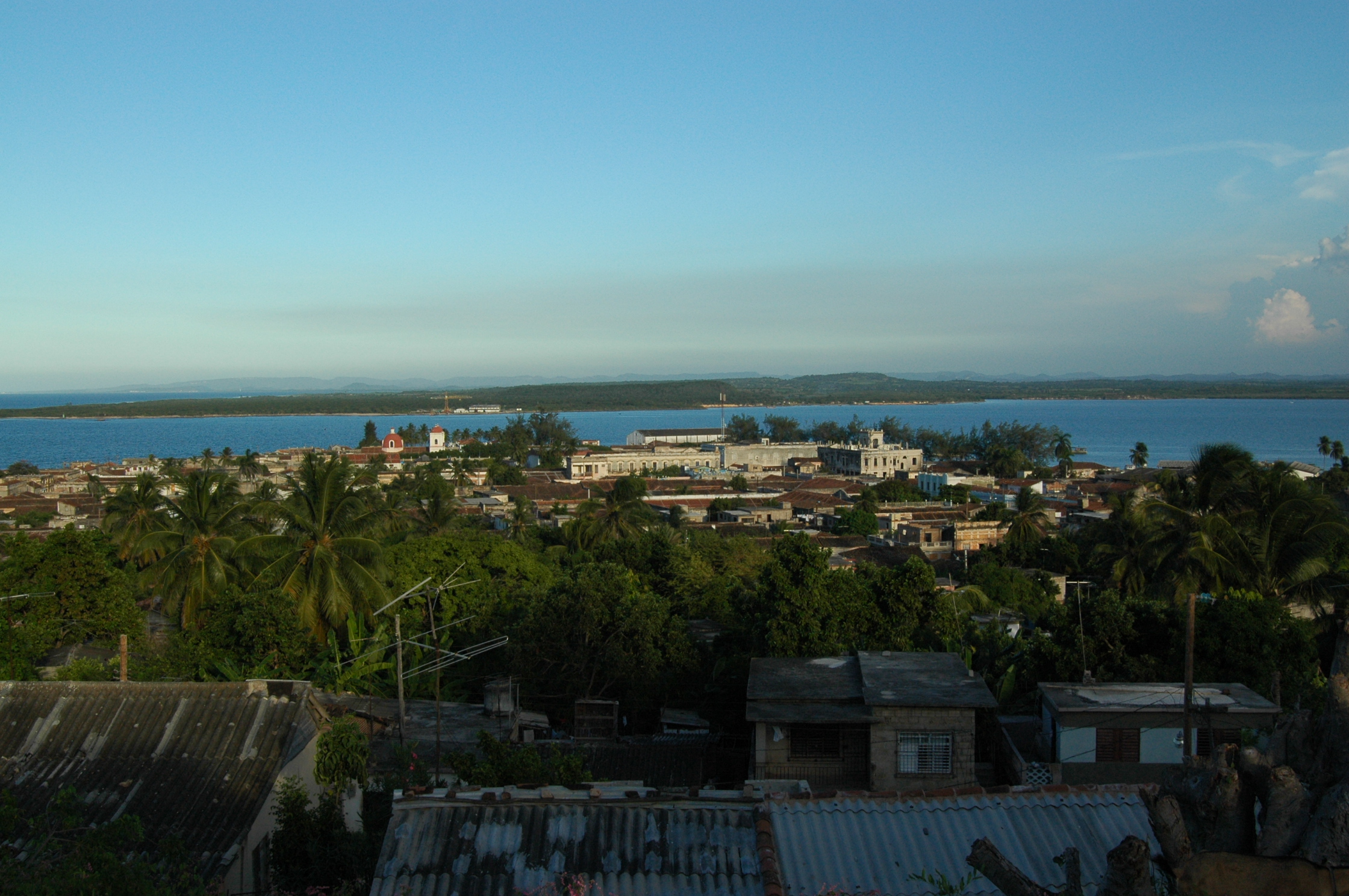Gibara on:
[Wikipedia]
[Google]
[Amazon]
Gibara () is a town and
 The main town was founded on January 16, 1817. It is also known as "The White Town", es, La Villa Blanca. Gibara has a beautiful and breezy
The main town was founded on January 16, 1817. It is also known as "The White Town", es, La Villa Blanca. Gibara has a beautiful and breezy
municipality
A municipality is usually a single administrative division having corporate status and powers of self-government or jurisdiction as granted by national and regional laws to which it is subordinate.
The term ''municipality'' may also mean the go ...
of the Province
A province is almost always an administrative division within a country or sovereign state, state. The term derives from the ancient Roman ''Roman province, provincia'', which was the major territorial and administrative unit of the Roman Empire ...
of Holguín
Holguín () is a municipality and city in Cuba, and the capital of Province of Holguín. After Havana, Santiago de Cuba, and Camagüey, it is the fourth largest city in Cuba.
History
Before Columbus, the Taino people settled in huts made fro ...
in the Republic of Cuba
Cuba ( , ), officially the Republic of Cuba ( es, República de Cuba, links=no ), is an island country comprising the island of Cuba, as well as Isla de la Juventud and several minor archipelagos. Cuba is located where the northern Caribbea ...
. Gibara is the fourth largest town by population and the ninth by area in Holguín.
History
 The main town was founded on January 16, 1817. It is also known as "The White Town", es, La Villa Blanca. Gibara has a beautiful and breezy
The main town was founded on January 16, 1817. It is also known as "The White Town", es, La Villa Blanca. Gibara has a beautiful and breezy landscape
A landscape is the visible features of an area of land, its landforms, and how they integrate with natural or man-made features, often considered in terms of their aesthetic appeal.''New Oxford American Dictionary''. A landscape includes the ...
, and also possesses excellent architectural designs and a well-planned layout of its streets, houses and parks. Even so, Gibara's biggest asset, according to visitors, are its people, which are described as cooperative, friendly, affectionate, and proud of their village and of its history. It is said Admiral Christopher Columbus
Christopher Columbus
* lij, Cristoffa C(or)ombo
* es, link=no, Cristóbal Colón
* pt, Cristóvão Colombo
* ca, Cristòfor (or )
* la, Christophorus Columbus. (; born between 25 August and 31 October 1451, died 20 May 1506) was a ...
had remarked of Gibara's environs that "it is the most beautiful land that human eyes saw."
"The White Villa" in Gibara, although small, is said to possess a peculiar charm, exhibiting an architectural patrimony reflecting almost two centuries of history, as well as its people's cultural roots. Currently, some controversy exists about whether it was the Bay of Gibara or the Bay of Bariay that Columbus' ships reached during his first voyage to Cuba. The island of Cuba was discovered on October 28, 1492, after the disembarkation of La Pinta, La Niña and La Santa María, the first three European ships under the command of Columbus during his first trip toward the New World.
Gibara was declared a National Monument in 2002; additionally, since 2003, the International Festival of Cinema, where films are presented in a number of different categories, has been held in this small coastal town.
Demographics
In 2004, the municipality of Gibara had a population of 72,810. With a total area of , it has a population density of . The municipality is divided into thebarrio
''Barrio'' () is a Spanish language, Spanish word that means "Quarter (urban subdivision), quarter" or "neighborhood". In the modern Spanish language, it is generally defined as each area of a city, usually delimited by functional (e.g. residenti ...
s of Arroyo Blanco, Blanquizal, Bocas, Candelaria, Cantimplora, Cupeycillos, Palmita, Rabón. - the list of barrios in the article does not match the source, which refers to 1943 when the municipality was 1.5 times the size
See also
*List of cities in Cuba
This is a list of cities in Cuba with at least 20,000 inhabitants, listed in descending order. Population data refers to city proper and not to the whole municipality, because they include large rural areas with several villages. All figu ...
*Municipalities of Cuba
The Provinces of Cuba, provinces of Cuba are divided into 168 municipality, municipalities or ''municipios''. They were defined by Cuban Law Number 1304 of July 3, 1976Fifth United Nations Conference on the Standardization of Geographical Names, Vo ...
References
External links
* {{Authority control Populated places in Holguín Province